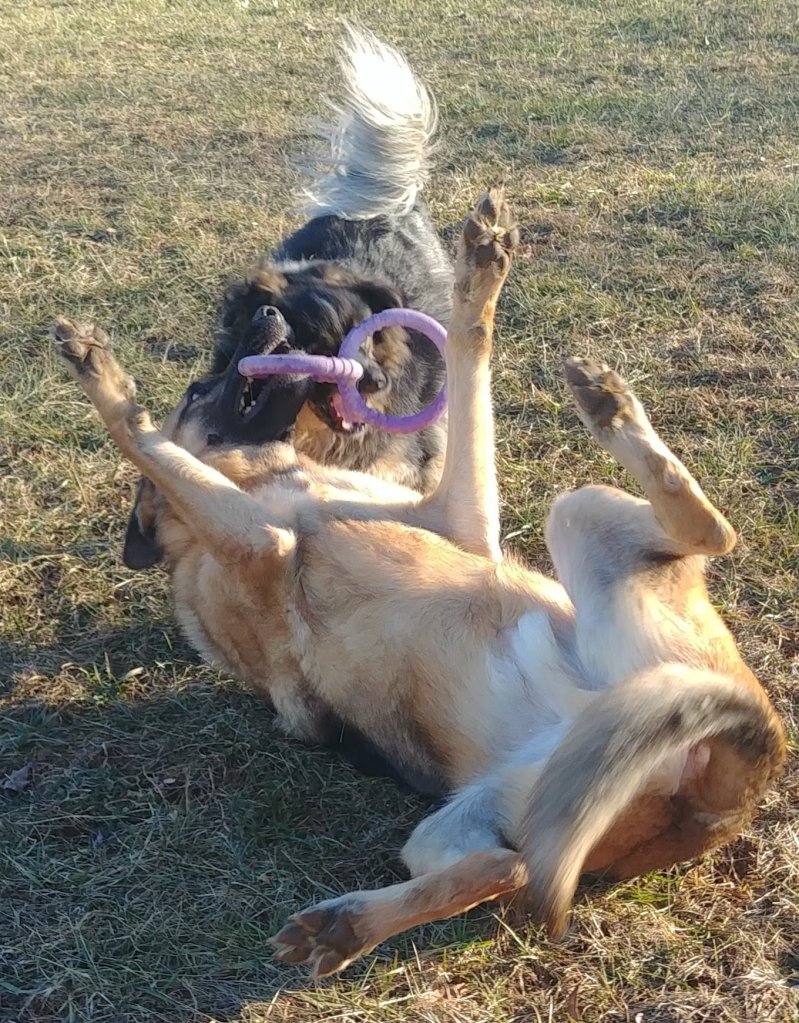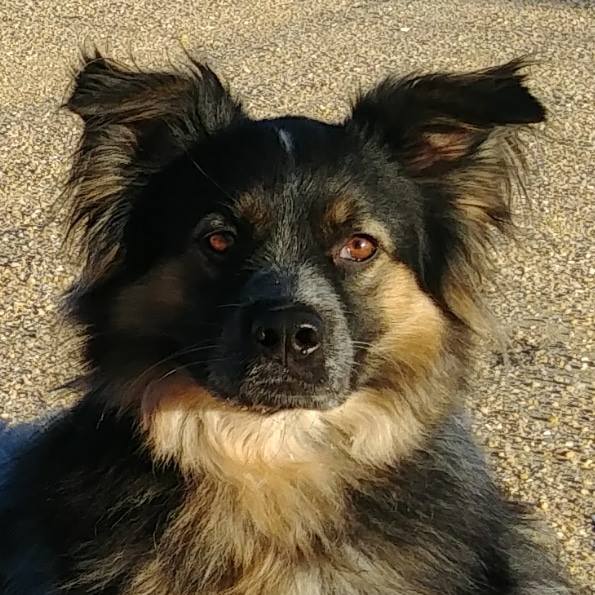
My friend Anna got me thinking about excuses yesterday. Specifically about excuses for not writing, but generally about excuses for why we don’t do the things we say we want to do. Why I don’t do the things I say I want to do. And why I say I want to do things that I don’t really want to do. My excuses vary, but not much. At their root they are mostly shoulds or fears. I say I want to do something because I think I should do it, or because someone else wants me to do it (or I think they want me to do it, or I think they think I should – my mind can be a tedious spiral). I don’t do something because I’m afraid I won’t be good at it, or I will look silly trying, or I will have to choose between it and another thing. Fear of choosing is the worst because it usually leads to doing nothing at all.
For years I said I wanted to write. I took writing classes on and off so I would have to write, in theory. When I took a class and had a deadline, I often wrote, but not always. Sometimes I would skip a week, and sometimes I would just drop out after a few classes. “I don’t have time” is a nice blanket excuse that people don’t question much, but the truth is that I’ve always had the time. I just didn’t make the time. I didn’t really know how to take a class for the pure pleasure of learning and working on a thing. I didn’t see the reasons behind my excuses about time.

I took classes sporadically, and I wrote even more sporadically. A few years ago, I joined a writing group and I started this blog. For the first couple of years I wrote when I felt moved to do so, and months would go by without me posting anything. Without me writing anything. It’s not like I had a pile of writings I started and didn’t finish – I wrote nothing in those in between times. I wrote more than I had before, but I still didn’t have anything I’d call a writing practice. Then my friend Elaine started posting a blog a week, and I thought “what a good idea – I can do that.” And so I did. To my great surprise, it really was that simple. Now there’s no question about it. It doesn’t matter if I have a great idea or if I love what I’m writing or if I have other things to do or if I feel like it. It’s a thing I do.
I’m taking writing classes again now, with a whole different outlook. The classes are not the reason I’m writing, or the only writing I’m doing. They are a way for me to practice different techniques, to hone my work, to get feedback from other writers, to be in community with other people with similar goals, to be inspired. I no longer skip assignments, and I understand now that when I’m procrastinating it’s because the assignment is hard or I haven’t figured out how to do it or the topic I’m writing about brings up things I’d rather not feel. These assignments are short. I can do anything for a page and a half. And I’m always glad I’ve done it, even if I fight doing it every step of the way.

Over the last month, yoga (speaking of things I fight every step of the way) has also become a thing I do. Last night Rose said “Do you want to do yoga?” and I said “No, but I’m going to” and she said “That’s exactly how I feel.” Our daily breathwork group is another thing I just do. Committing to a writing practice has made it easier to commit to other practices. Seeing that tiny, incremental, almost unnoticeable changes add up over time has made it easier not to worry about whether I notice if I am making progress. Just doing the thing has become more important than making progress.
Getting better at doing some things has not magically made me good at doing all the things. There are things I say I want to do, and even put on my calendar, and yet somehow never get to. My new rule is that if I put something on my calendar for a month and I don’t do it regularly, it gets axed. Studying for additional work certifications, for example, has gone on my calendar for what are clearly “I think I should do this” reasons and not because it’s something I want to do or feel is necessary for my job. This study time is no longer on my calendar.
Sometimes I get distracted by something that looks cool. I am constantly exposed to cool looking crafts because Rose is an amazingly skilled and dedicated artist and artisan – she knits, and sews, and quilts, and plays multiple instruments, and sings, and draws and paints, and makes wonderful things out of clay. Some of these things she did before I met her, and some I have gotten to watch her learn, and I see how much time she puts into each thing. I enjoy a few of these things (clay and music), and when I feel like it I practice them, and I know I would be better at them if I practiced more. But when I want to practice something, I find it’s usually writing, baking, photography, or messing about with the dogs. My dog training method is very … informal, let’s say, but I am dedicated to it, and to the dogs.
Working with my dogs and horses falls into a mix of the “want” and “should” categories. I have mostly accepted that I do the things I enjoy and want to do with them, and I don’t do the things that are on my or anyone else’s “should” list. I had a friend once say, when Rose and I were talking about how easy our horses are to ride, “Well, sure, they are easy for YOU to ride.” A couple of years ago we were at a clinic where the clinician was talking about setting up your horse so that if something catastrophic happened to you, your horse could be passed along to a total beginner and it would be successful. I spent some time thinking that I needed to make it possible for my horses to schlep along with any old rider on their backs doing any old thing, but you can probably guess how many steps I took towards that aim: zero.
Today when I look at things I’m making excuses not to do, or things I’m not making time for, the conversation I have with myself goes something like this:
Do you really want to do the thing? If so, do it.
Don’t worry about if you do it well immediately, or ever. Do it.
Do you get pleasure from it? Do it.
Are you learning something you want to learn from it? Do it.
If not – don’t do it. The end.









